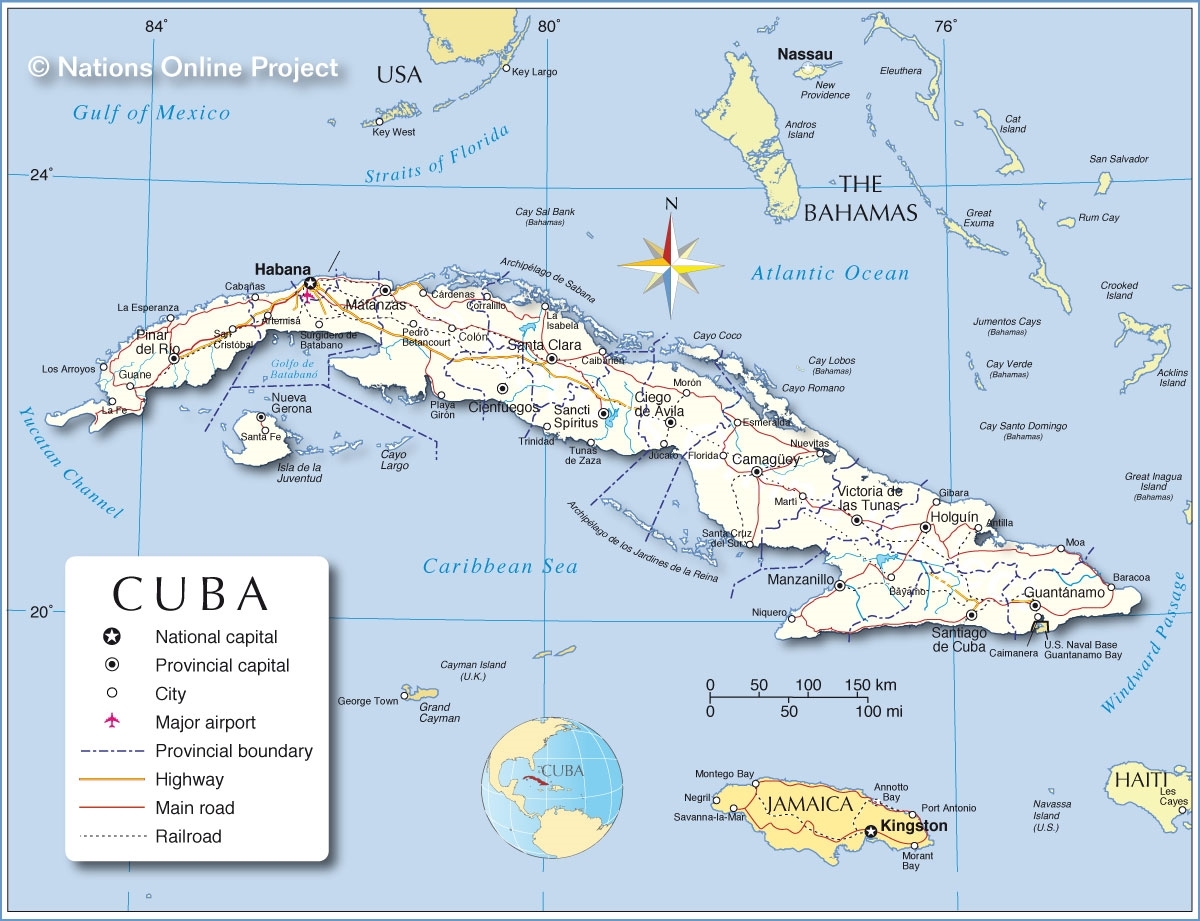Port Of Mariel Operating At 39.5% Of Current Capacity; 90% Of Container Capacity Departs Empty
/The Republic of Cuba has 3,570 miles of coastline. There are 70 ports, 31 of which have cargo operations. The ports are generally deep, protected harbors with narrow entrances and generous anchorage.
The port system can accommodate 150,000-ton oil tankers, accept modern roll-on, roll-off vessels, discharge all types of grain and fertilizers in bulk, handle 40-foot containers in gantry cranes… and dock up to six submarines.
The Port of Havana has three primary harbors; but closed its container terminal and transferred operations to the port of Mariel in 2014. It remains active in general cargo, dry bulks and liquid bulks, and has increasing cruise ship activity. It’s heavily polluted; with water entering remaining for eight days. It has a water depth of 12.8 meters (42 feet) due to a tunnel under the entrance to the port dredging deeper is an unlikely option.
Since 2013, an increasing number of vessels from the United States and other countries have been calling at the port of Mariel, located approximately forty (road) miles from Havana. The port of Mariel is managed by Singapore-based PSA International.
The container terminal at the port of Mariel sits within the 180-square-mile Special Development Zone of Mariel (ZEDM). The facility 2,300 feet of jetty and four quay cranes which can accommodate 13,000 TEU Neo-Panamax vessels.
Brazil-based Odebrecht was the primary contractor for the port of Mariel and ZEDM. Approximately US$683 million in primary financing was provided by the National Bank of Economic and Social Development (BNDES) of Brazil. Institutions in China and Venezuela also provided financing.
Two new rail-mounted gantry cranes from Shanghai, China, arrived in September 2016. Currently, the port of Mariel has an average of one train per day.
The current maximum vessel draft at the port of Mariel is 12.1 meters (39.69 feet). This depth can accommodate neo-Panamax vessels: Dredging continues in the access channel to deepen it and to widen it to accommodate neo-Panamax vessels; expected to be completed in 2017 for vessels 366 meters long, 50 meters wide and with a draft of 15.5 meters.
Dredging thus far permits vessels of up to 295 meters (967 feet) overall length with a 32.3-meter (105 foot) beam. Water depth is approximately 15 meters (49.2 feet).
In 2014, its first year of operation, the port of Mariel handled 160,000 twenty-foot equivalent TEU’s; and 330,713 TEU’s in 2015 and 325,319 TEU’s in 2016.
Total current annual capacity of Mariel is approximately 824,000 TEU’s with future expansion to 3 million TEU’s. Approximately 90% of container capacity departing the Republic of Cuba is empty.
Infrastructure at Mariel remains a challenge. Lack of warehousing. Operational issues- warehouses are open less than sixteen hours per day- they need to be open twenty-four hours a day.
In 2019, the plan is to add 300 meters (984 feet) of quay (KEY) at the port of Mariel. Long-term development includes an additional 1,400 meters (4,593 feet) of quay- for a total of 1.5 miles of quay and a total annual potential of 3 million TEU’s.
The government of the Republic of Cuba views the port of Mariel as a future “hub & spoke” for Caribbean Sea-area countries.
A purpose of the ZEDM is to substitute imports with locally-manufactured products and then export any surplus to regional markets, including to the United States. The government of Cuba has approved companies from countries including Mexico, Belgium, Spain, and the United Kingdom for operations within the ZEDM focusing upon logistics, food, chemicals, industrial products, and personal care products. Another goal of the ZEDM and for the Republic of Cuba is to develop a low-cost workforce to add value to products transiting the Panama Canal.
The 510 Republic of Cuba nationals who are employed within the ZEDM earn on average US$500.00 per month- compared to the US$25.00-US$50.00 per month average for most Republic of Cuba nationals working for the government of the Republic of Cuba and at Republic of Cuba government-operated companies.




